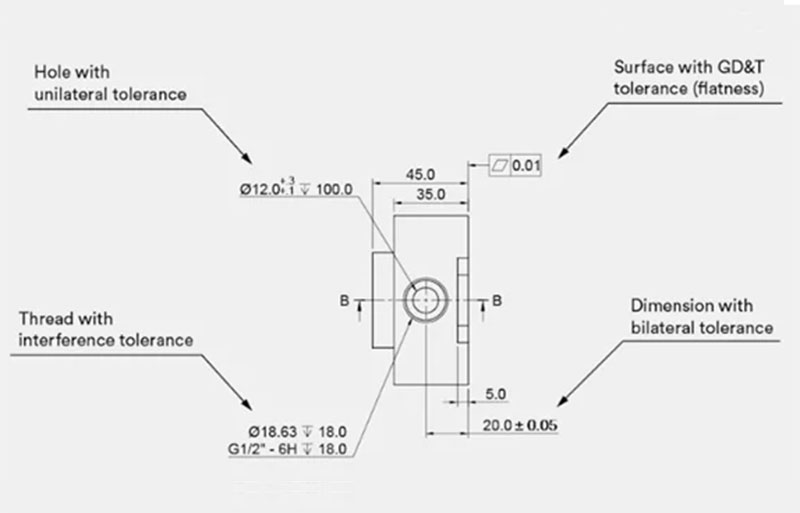Machining allowances are an important intermediary process in machining, and managing them properly is critical to successful production. Machine shops may face the following challenges when managing machining allowances:

Over-Allowancing
Leaving machining allowances is a safe engineering approach, and it is possible to over-allow a part in high-risk designs. This extra allowance leads to unnecessary energy and material waste, tool wear, and longer production times.
Under-Allowancing
Similarly, engineers may underallowance parts while attempting to prioritize operational efficiency. This is also problematic as it may not leave enough material to properly control the tolerance or surface finish. Resultingly, it can lead to part rework or scrap.
Complex Geometric Features
Machining allowance is easy to define for simple prismatic or cylindrical geometries, but it is quite tricky for parts with complex profiles or undercuts. For such features, engineers need to assign localized machining allowances and use advanced CAD/CAM solutions.
Material Inconsistencies
Machining allowance definition depends significantly on the material, but it is common to experience slight variations in material properties in different batches, brands, and directions. The inconsistencies make managing machining allowances challenging in high-precision industries.
Tool Wear
Cutting tools degrade over time, and this can change the amount of material they remove. This can be problematic when dealing with machining allowances as the part dimensions become variable.
Machine Tool Condition
The accuracy of CNC machines deteriorates over time. This makes them unpredictable in maintaining tight tolerances, making it difficult to manage machining allowances on the shop floor.
